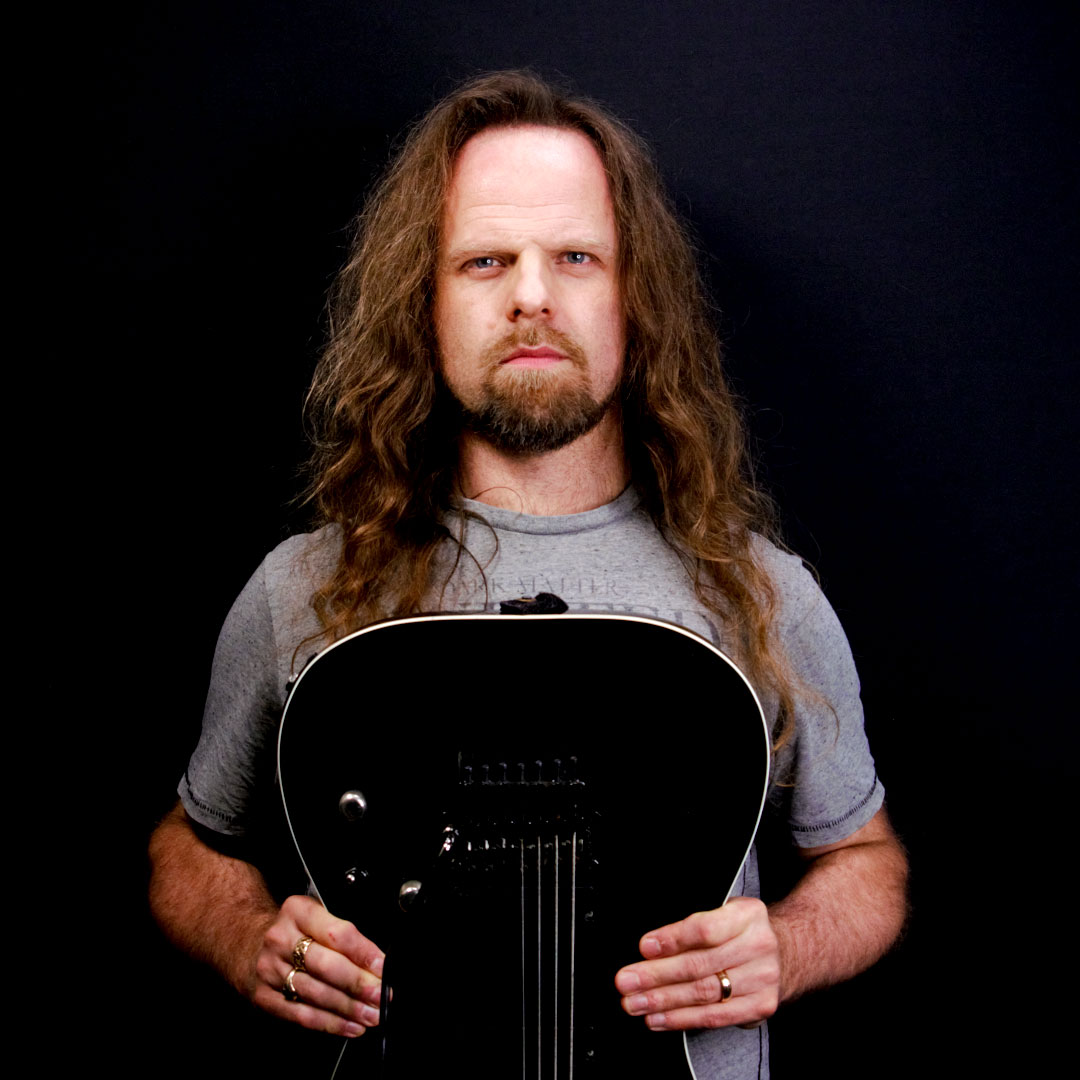“An unapologetic approach to thrash rhythmic precision”: Weaponize your picking hand with this lesson in the bruising thrash-stomp riffing style of Anthrax rhythm kingpin Scott Ian
If you've got the time, this lesson'll whip your metal rhythm chops into shape. You might even call it a mosh pit-starter

Since the release of their 1984 debut album, Fistful Of Metal, thrash metal has provided the backbone to Anthrax’s unstoppable sound.
In addition to fast down-picked sequences, alternate-picked riffs, and serious palm muting, the band have no issues delivering a mid-tempo, heavy stomp, or indeed blending grungy, alt-rock textures with sinister, menacing undertones.
Anthrax have always been a two-guitarist band and, despite the lead guitar position moving through several players, Scott Ian has always been the driving force behind the group’s powerful rhythm guitar work.
With that in mind, this lesson delves into Ian’s unapologetic approach to thrash rhythmic precision, and the nuances that place Anthrax among The Big Four of thrash metal bands, alongside Metallica, Megadeth, and Slayer.
Get the tone
Amp Settings: Gain 8, Bass 5, Middle 5, Treble 7
For a good thrash tone, use your bridge pickup and select the distortion channel on your amp. To add punch, and to articulate your sound, set your gain moderately high, leave your bass and middle at the 12 o’clock position, and boost the treble. This will add bite, retain pitch definition, and keep your lower frequencies sounding tight. As will adding no reverb.
Example 1.
The opening section features a repeated melodic motif with a chromatically descending bass note. This brings tension, and contrasts with the chromatically ascending powerchord sequence that closes the phrase.
The second section includes 16th-note subdivisions. Use upstrokes to maintain fluidity on the faster rhythms and return to downstrokes for the chromatically descending 5ths in the final bar.
Example 2.
The first phrase uses fast, 16th-note rhythms. Follow the suggested pick directions to keep the phrases flowing smoothly. Use a downstroke and legato for the fills in the second and fourth bar, as this will reduce fatigue in the picking hand.
The second phrase introduces single-note figures played as abrasive pinch harmonics. To achieve them, use downstrokes and brush the string with the side of your thumb immediately after you strike the note.
Get The Pick Newsletter
All the latest guitar news, interviews, lessons, reviews, deals and more, direct to your inbox!
Jamie is a regular contributor to Guitar Techniques and Total Guitar magazines. He is also a Principal Lecturer in guitar and live performance at BIMM Bristol. Alongside this, he shares seven string guitar duties with Steve Smyth (ex-Testament, ex-Nevermore, Forbidden), in the modern thrash metal band One Machine. Additionally, Jamie is the UK brand ambassador for ESP guitars, where he creates product demos and delivers clinics across the UK and throughout the Scandinavian countries. More recently, he co-created the ESP School of Metal Guitar, where a team of versatile metal guitarists break down all things heavy.
“There are so many sounds to be discovered when you get away from using a pick”: Jared James Nichols shows you how to add “snap, crackle and pop” to your playing with banjo rolls and string snaps
How to find new approaches to blues soloing – using fingerstyle improv ideas and Roy Buchanan-inspired licks










![Joe Bonamassa [left] wears a deep blue suit and polka-dotted shirt and plays his green refin Strat; the late Irish blues legend Rory Gallagher [right] screams and inflicts some punishment on his heavily worn number one Stratocaster.](https://cdn.mos.cms.futurecdn.net/cw28h7UBcTVfTLs7p7eiLe.jpg)
